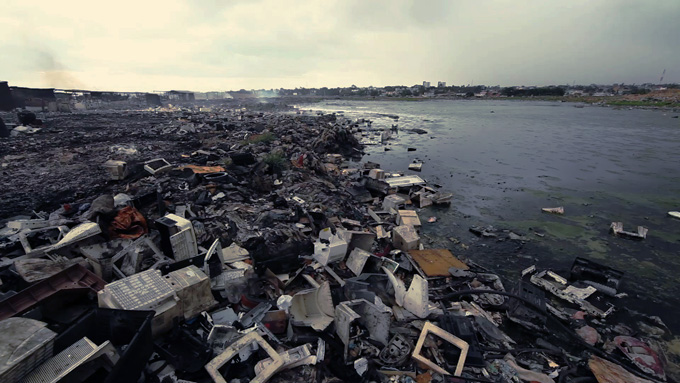The intensifying rivalry between Iran and Saudi Arabia, the two dominant powers of the Middle East, has taken the level of sectarian division and polarization to new heights in a region that has long been marred by instability. Iran and Saudi Arabia are effectively engaged in proxy wars in Syria and Yemen, and the recent break in diplomatic relations between the two over the Saudi execution of a Shi’ite cleric has only escalated tensions between the two. However, the recent agreement to lift Western sanctions on Iran has brought forth the idea of Iran as an emerging market, and the potential for an economic contest between the two.
One of the most apparent effects of Iran’s potentially increasing its activity in global markets is the effect on oil supplies and thus prices. The Iranian government has shown its intent to regain some of its lost share of sales in crude oil by announcing immediate boosts in oil production of 500, 000 barrels/day with further plans of increasing its production by another 500, 000 barrels/day later this year. As a result of the economic sanctions imposed by the West, Iranian oil exports were reduced from 2.3 million barrels/day at its peak in 2007 to a low of 1 million barrels/day. With the Iranian economy open to Western investments, industry analysts estimate a potential of USD$ 100 billion being spent on restructuring Iran’s ailing oil and gas infrastructure, creating the potential for higher levels of future oil production. Yet, the reintroduction of Iran as a major oil exporter will have a negative impact on prices with the International Monetary Fund (IMF) saying that prices will go down 5 to 10% in the medium term.
This is in the face of Saudi Arabian insistence on maintaining high levels of oil production despite the other member states of the Organization of Petroleum Exporting Countries’ (OPEC) attempts to reduce oil reserves in order to spur increases in oil prices. Saudi Arabia currently produces around 10 million barrels/day in an attempt to outlast and undercut non-OPEC oil exporters to reduce their share in oil exports as American shale-oil production shows steady increases. The country’s sizeable currency reserves have helped it weather the economic downturn. Nonetheless, the Saudi foreign exchange reserves dropped by nearly USD $ 100 billion between 2014 and 2015. The collapse in oil prices also increased the Saudi fiscal deficit to 15% of GDP by the end of last year.
Although driving out oil producing competitors and maintaining its dominance in oil exports is in the long term interests of the country, Saudi Arabia is putting pressure on its oil dependent economy in the short term. Oil prices near USD $ 30/barrel could potentially put the Saudi economy in a more vulnerable position compared to the Iran’s, considering the country’s dependence on the petroleum sector for providing 45% of it’s GDP and 80% of its budget revenues.
Due to lower commodities prices and lagging demand from emerging markets, investment in new oil extraction projects have been reduced by nearly USD $ 380 billion worldwide, prompting Deputy Crown Prince Mohammed bin Salman to lobby American firms to invest more in Saudi Arabia as Iran increases investment incentives. The Saudi economy is also less diversified, self-sufficient and relatively closed off to foreign investment with tight government control over key economic sectors. Aware of this, the Saudi government is promoting diversification in sectors such as telecommunications and petrochemicals though the range of sectors is still limited.
Lower oil prices will have less impact on Iran which emerging from years of isolation, will be able to recommence exporting larger volumes of oil exports and increase oil generated revenue by USD $ 10 billion by the end of the year. The absence of overarching sanctions on Iranian exports, banking and insurance is expected to bring a boom in trade and investment levels with trade costs predicted to go down 15% and Iranian GDP growth estimated to increase by 5% this year as a result. Iran also has sizeable agriculture and automotive manufacturing industries which may supplement its economic growth.
Removal of sanctions does not, however, necessarily mean that investment will flood in at once as there is still reluctance amongst banks to invest due to concerns over credit which may stall new business ventures by Western companies in Iran. In anticipation of this, the Iranian government is considering implementing reforms to investment laws that could give 100% tax breaks to foreign investors, greater protection over investments in the case that laws change and the right to send revenue abroad.
As long as the diplomatic ties between Iran and Saudi Arabia remain icy, there exists a real possibility for an economic standoff between the two that may make its way into arena of international relations. Both Iran and Saudi Arabia should be wary of allowing strong handed politics to dominate their policy decisions if both political and economic progress are desired.




